West African Angelfish
$699.99
-
Select Variant
-id="1">The West African Angelfish is also known as the African Angelfish or Guinean Angelfish. The young ones are beautiful blue color and have a yellow tail. At around 1-1/2 to 2 inches, the juveniles begin changing hue. The edges of the fish will change color and its blue hue will begin disappearing, changing to yellow or olive green.
This West African Angelfish can grow to more than a foot in length, which is why it needs at least 150-gallon of tank space. It's a robust fish, but it can turn aggressive and is recommended to keep it with other semi-aggressive tank mates. It grazes on live rocks and is known to bite at soft and stony corals (sessile invertebrates) and clam mantles. Therefore, it's not a suitable choice for an aquarium with a reef.
The diet of West African Angelfish should include vegetables, such as Spirulina and marine algae, meaty foods, and premium angelfish dishes that include sponges. Feed at least three times per day.
The small Juvenile version will have Juvenile colors, the Small-Medium changing color to an early adult. The Large will have Adult coloration.
Genral Purchase Size: Juvenile Blue: 1" to 2", Changing: Small 1-3/4" to 2-1/4"; Medium 2-1/4" to 3-1/4"; Large 3-1/4" to 4-1/2", Adult: Small/Medium 2-1/4" to 3-1/4"; Medium: 3-1/4" to 4-1/4"; Medium/Large: 4-1/4" to 5-1/4"; Large: 5-1/4" to 6-1/4"
- Description
- Additional Information
- Reviews
General Information About West African Angelfish
The West African Angelfish, also known as the African Angelfish or Guinean Angelfish, is one of the most coveted species from the Western Coast of Africa. This fish is highly valued for its stunning appearance and adaptability to captivity. Historically, it was rarely collected for aquariums due to its remote habitat, making it one of the rarest angelfish available on the market today. Juveniles showcase a vibrant blue color with a yellow tail. As they grow, starting around 1-1/2 to 2 inches, their coloration changes. The blue fades, turning the fish yellow with an orange edge, eventually shifting to olive green.Habitat and Tank Requirements
The West African Angelfish thrives in a tank with live rock for filtration and decoration. This fish spends much of its time grazing on algae and other organisms. For optimal health, house the West African Angelfish in a minimum 150-gallon aquarium. Due to its potential aggression, it should be kept with semi-aggressive tank mates. It is not suitable for reef aquariums as it may nip at stony and soft corals and clam mantles.Diet and Feeding
In captivity, feed the West African's diet that includes vegetable matter such as Spirulina and marine algae, along with meaty items and high-quality angelfish preparations containing sponges. Feed at least three times daily to maintain its health.LINKS to follow:
size
Large, Medium, Small
Units
1
Weight
6 lbs
Dimensions
1 × 1 × 1 in


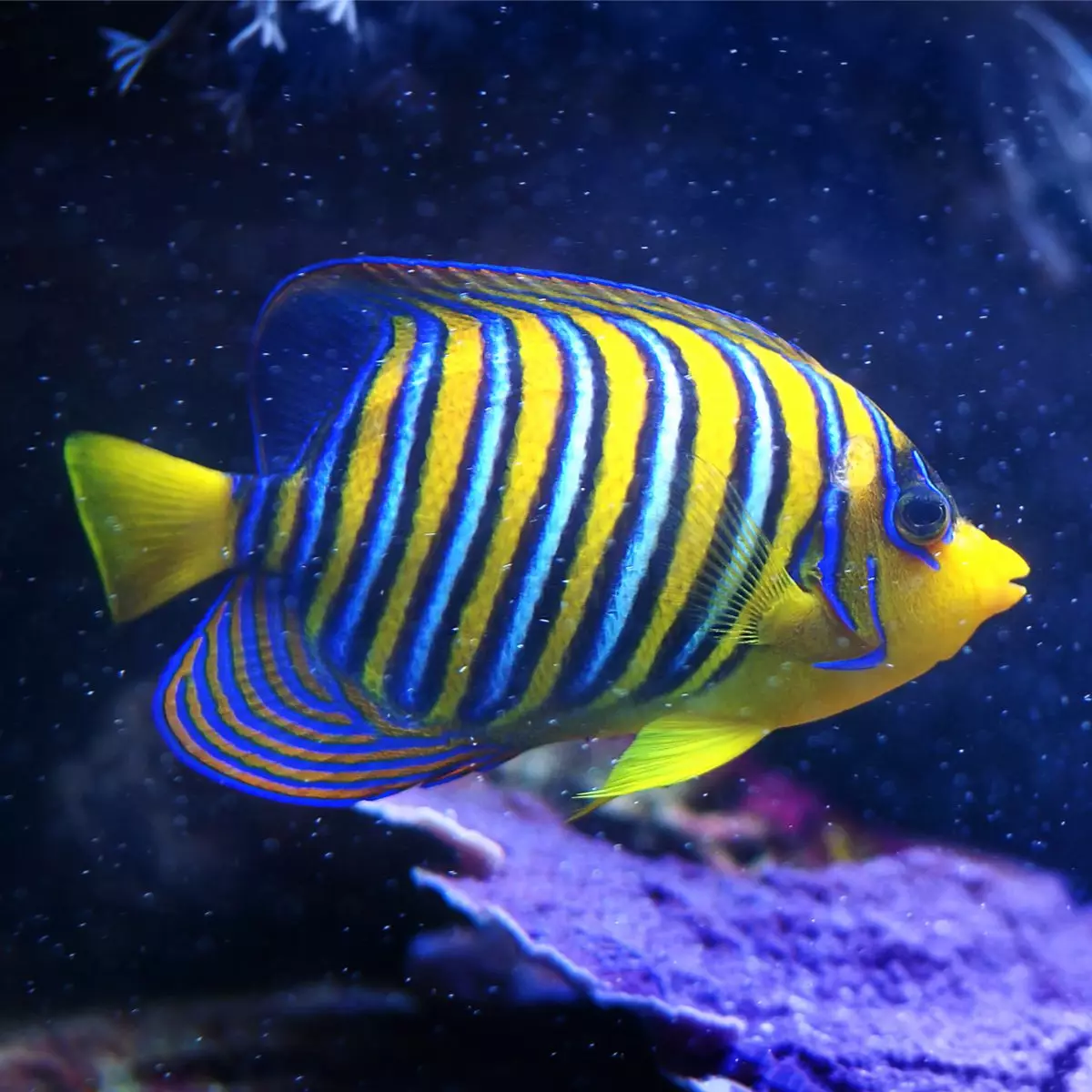
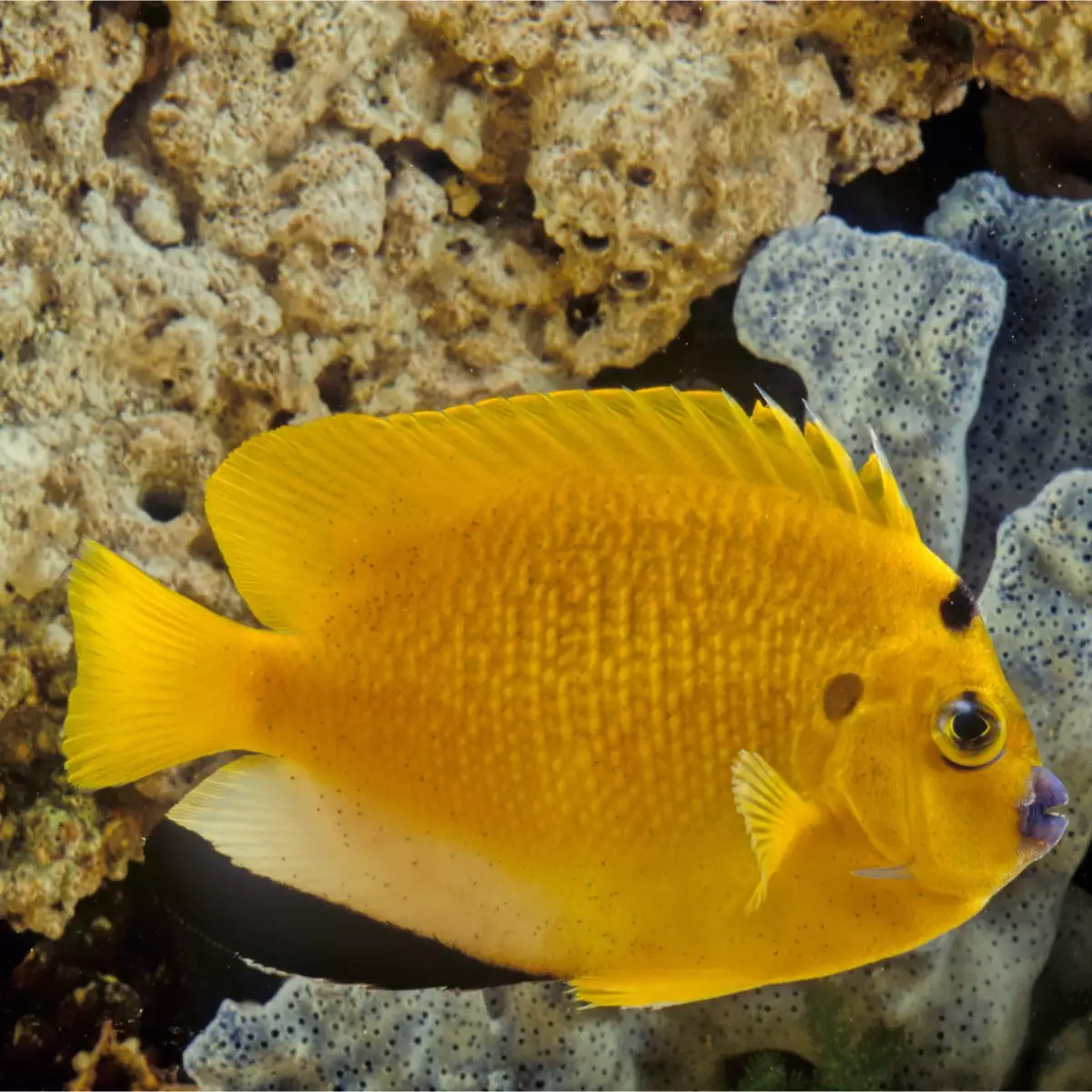
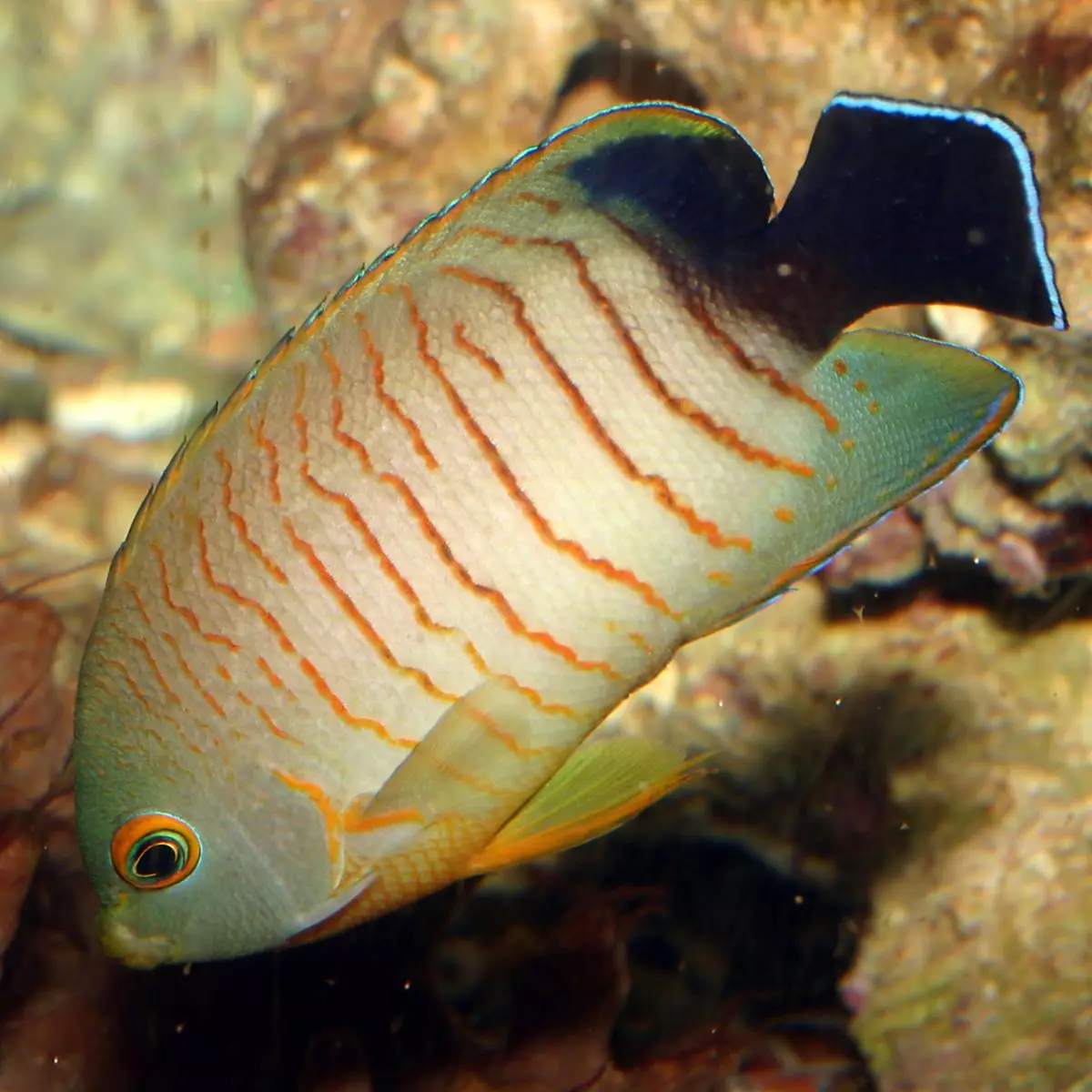
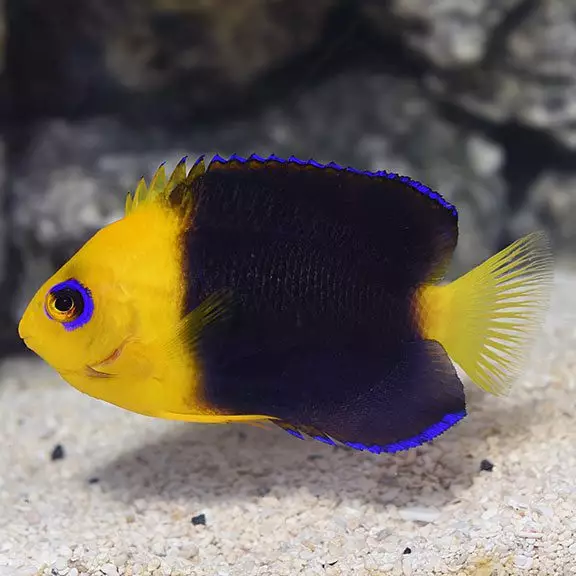
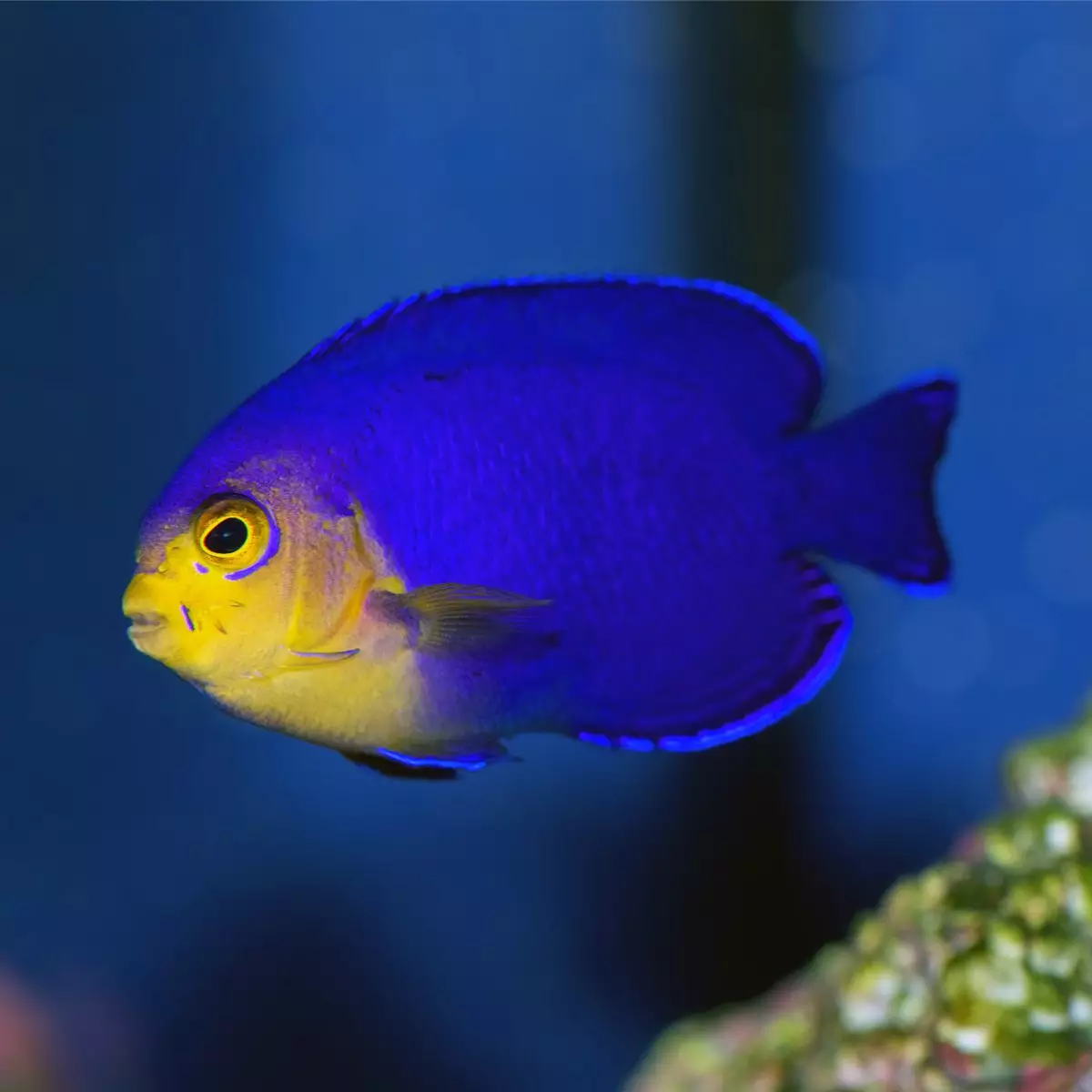

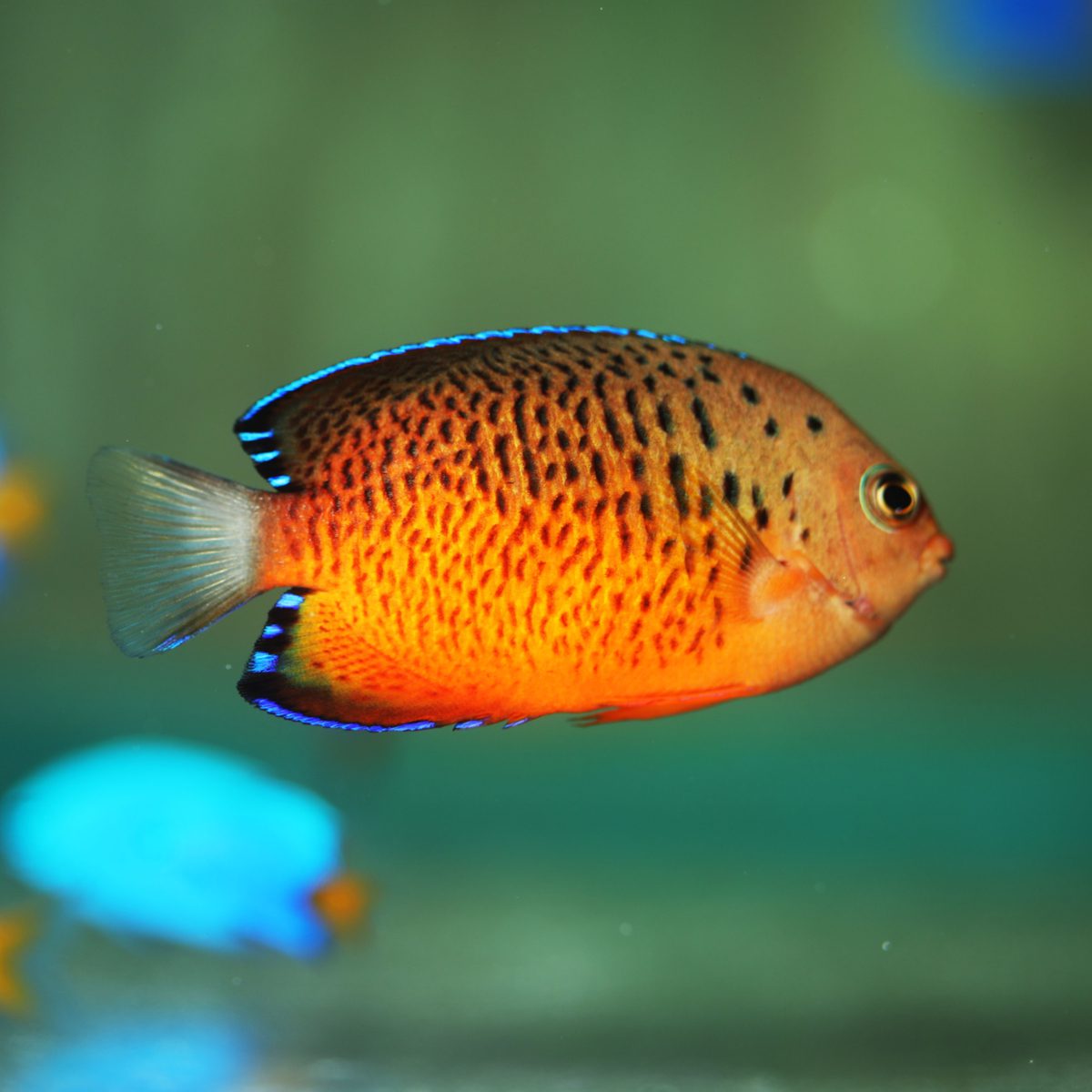

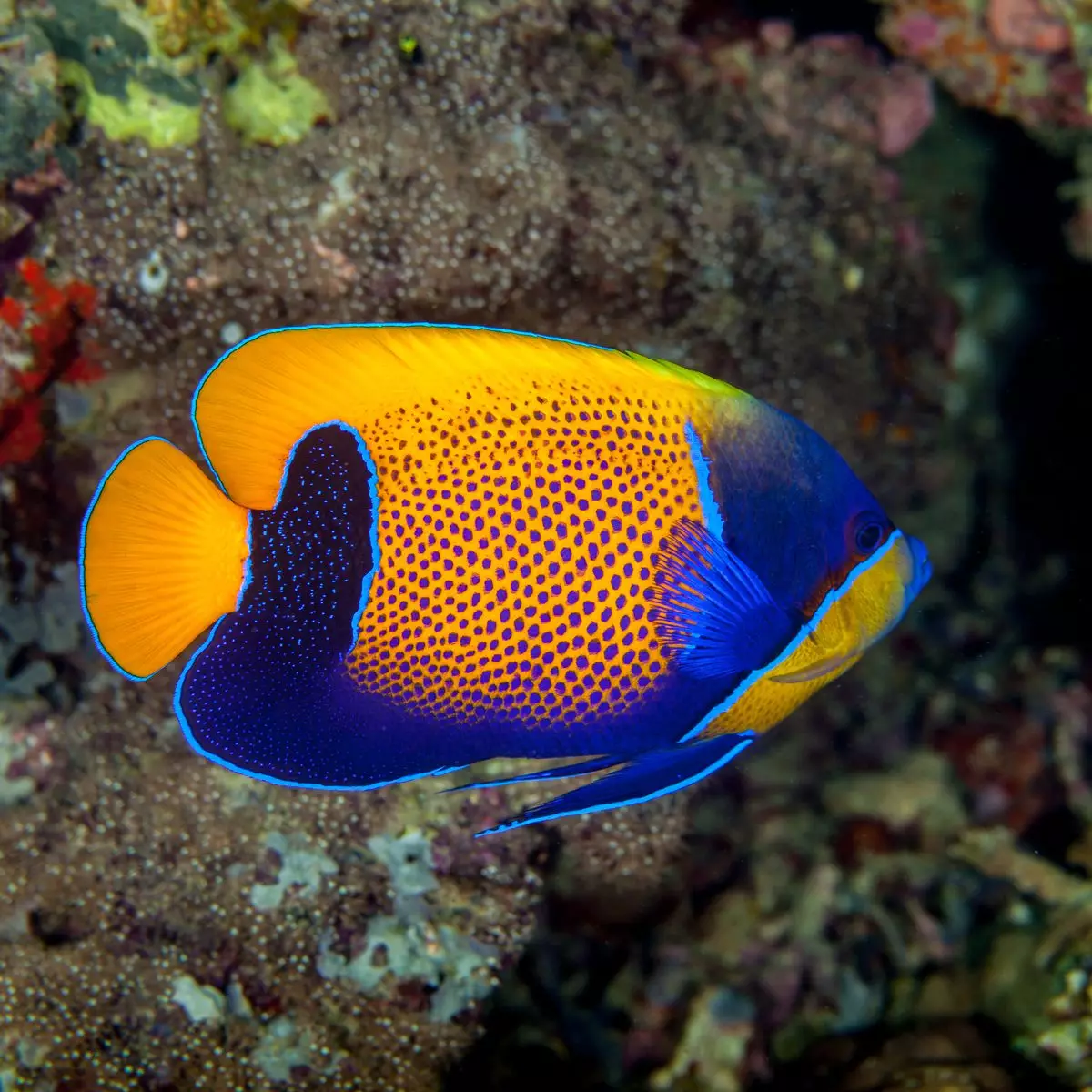
Reviews
There are no reviews yet.